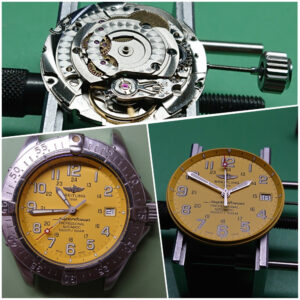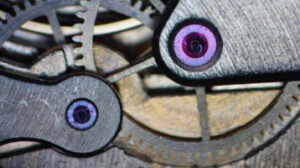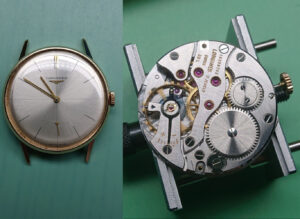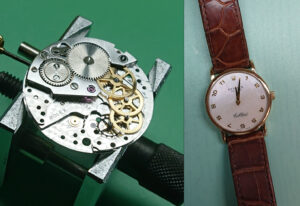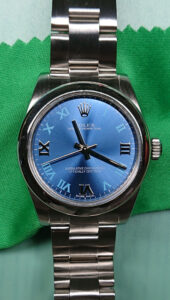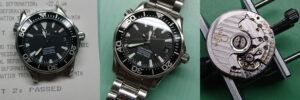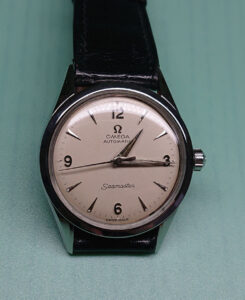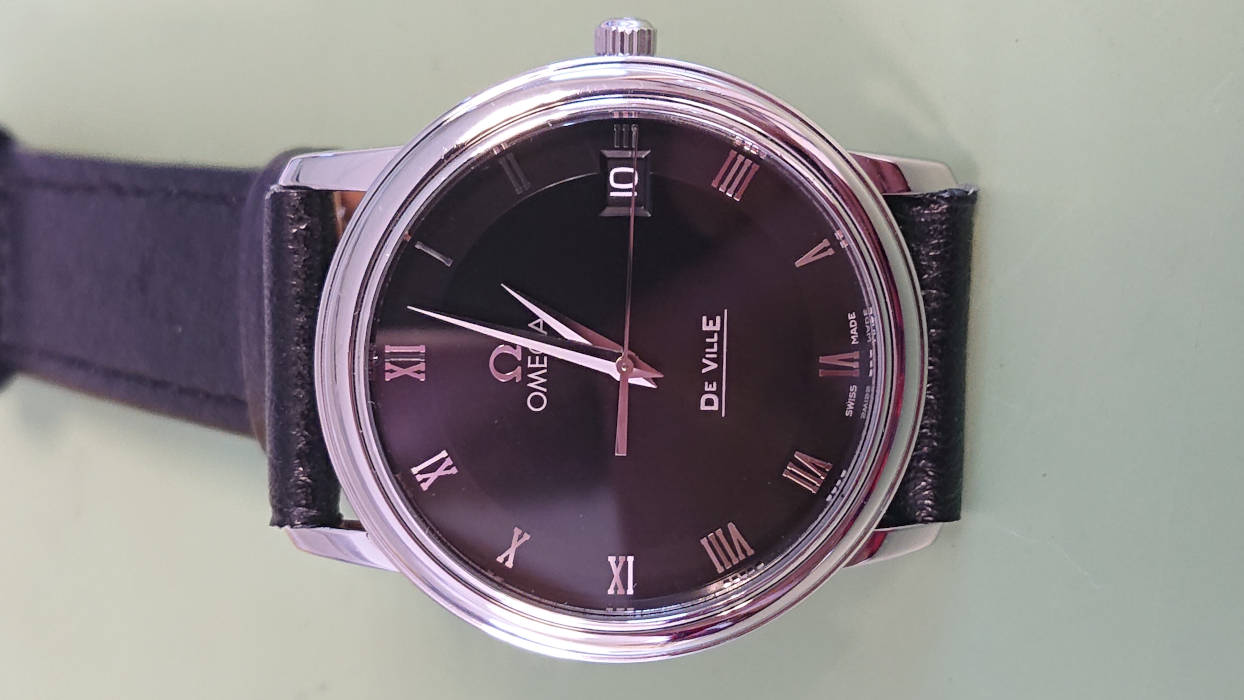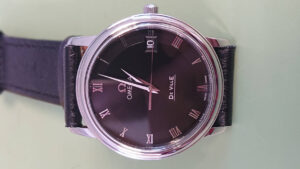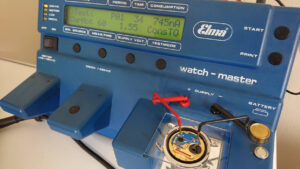In the world of watchmaking, you may instinctively think of the Swiss as being the nation of great watchmakers. While this may be broadly true today, this was not always the case. Britain has a rich history of all things horology, and indeed as a nation we are making a bit of a comeback in recent times.
In the very early years of British horology – between 1500-1700 – records were not kept particularly well. There were some in this period whose work was absolutely pioneering and critical to the development of horology. Take Robert Hooke for example – he initially studied pendulums before developing the balance spring. We still study Hooke’s law in horology today and his work was at least 5 years in advance of Christiaan Huygens – a Dutch scientist from the same period.
By the 1700s British watchmaking was well established. During this period the world was being explored by British explorers, though they faced a problem with navigation – notably determining longitude. This problem was considered so large that the British government established the Longitude Prize to reward anyone who could reliably solve this issue. Many tried from all sorts of fields of study, though only one would eventually succeed – the legendary John Harrison. In 1759 his Marine Chronometer known as H4 was developed and it’d go on to revolutionise travel by sea.
Working at a similar time as Harrison was Thomas Mudge. By 1755 he developed the Detached Lever Escapement. This form of watch escapement is used in the vast majority of mechanical watches even to this day. Further developments continued – to name just a few: John Arnold (1775) – Bimetallic balance and helical hairspring, Thomas Young (1807) – Chronograph, Thomas Priest (1820) – Keyless Winding. Then moving into the 20th Century we have John Harwood (1923) developing the automatic watch.
The downfall of British Watchmaking came during the 20th Century. While other countries developed more efficient means of producing watches, British horology remained resolutely fixed in traditional methods. While watches built abroad were initially of a much lower quality, the gap soon closed and the traditional British horologists could no longer compete.
Despite the 20th century proving a hugely challenging time for British horology, there are still examples of British excellence in the field. The most notable being George Daniels.
George Daniels is in the eyes of many the greatest horologist of the 20th Century. He rose from humble beginnings and initially studied horology in the evenings, before eventually building watches of his own design. Daniels built all of his watches completely by hand – every part – from the smallest screw to the case, dial and hands.
During the course of his work, Daniels pushed the boundaries of what is achievable from a mechanical watch by creating the Co-axial escapement. This escapement is far more accurate than the Lever Escapement. It was initially met with scepticism from the big Swiss watch houses. They weren’t convinced it could fit into one of their movements (so Daniels went back to his workshop and modified one of their watches to use his escapement), and after more back and forth Omega eventually adapted it for use in some of their watches. Daniels work is continued to this day by his Protégé, Roger Smith.
As well as horologists like Roger Smith who are creating truly wonderful watches and furthering the development of the craft, we have a raft of exciting British watch brands on the market – Bremont and Garrick to name just a couple. From our perspective, Our role as trusted watch repair specialists is to work at the other side of the industry so to speak – providing quality repairs to the people of Britain. With quality manufacturers and repairers, British horology is well placed to continue and thrive for many years to come, building upon the rich history of watchmaking in this country.
Promoting this very area – watchmaking as a whole – is the British Horological Institute. We are proud to be Business Partners of the British Horological Institute. We’ve partnered with the BHI because we strongly believe in their role overseeing watchmaking and maintaining standards across the UK and beyond. Our watchmakers have been trained with the BHI and taken accredited exams to prove their knowledge in the areas of horology necessary to carry out high standards of repairs.
Yours sincerely
David Clark DGA PJDip PJGemDip CertGA
Managing Director
W.E. Clark & Son Limited



